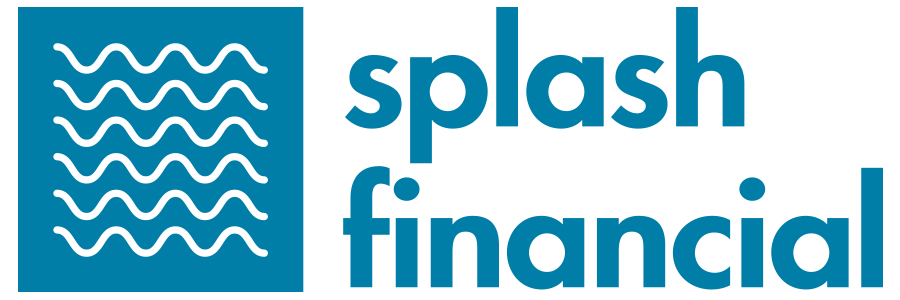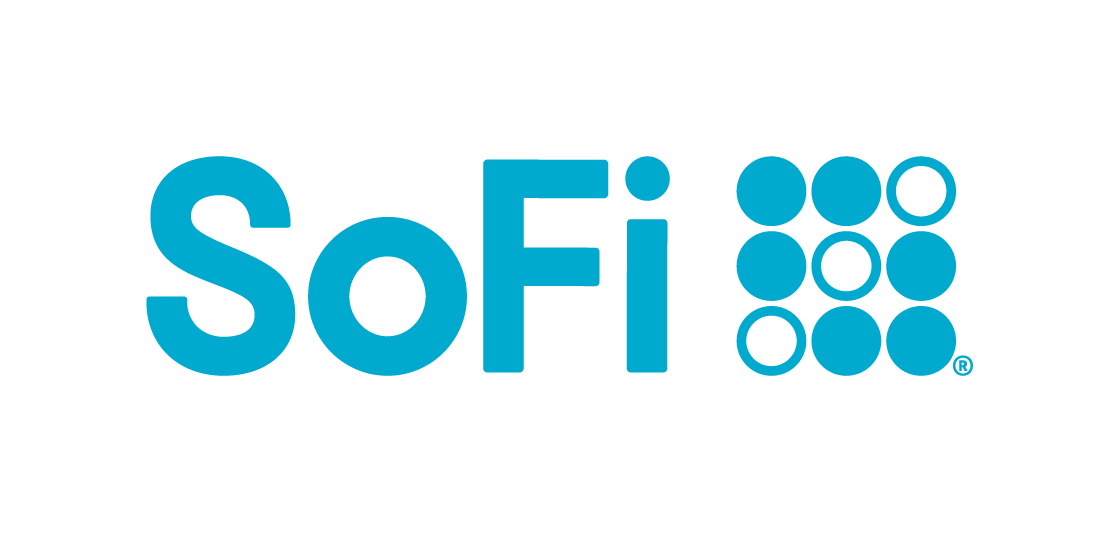Income-Based Repayment Calculator
TIP
You can find your AGI on last year’s tax return. If you’re married and filed a joint tax return, include your spouse’s income. If you don’t know your AGI, estimate your annual taxable earnings.
YOUR CURRENT PLAN


IBR PLAN

$0

About Income-Based Repayment
The federal government actually offers several different income-driven repayment plans. Income-Based Repayment (IBR) is one of the most popular. It was created by Congress in the College Cost Reduction and Access Act of 2007 to help borrowers struggling with high payments and became available on July 1, 2009.
The other income-driven plans include:
Pay-As-You-Earn (PAYE), which was signed into law in December 2012.
Revised Pay-As-You-Earn (REPAYE), which was created in December 2015.
Income-Contingent Repayment (ICR), which became available in October 1993 as part of the Direct Loan program.
Each plan has slightly different terms and eligibility requirements. IBR is probably the best option if your current student loan payments are more than 10% of your income and you took out your loans after July 1, 2014. If that’s not the case, you might be better off with one of the other plans. If you have a steady job and a good credit score, you might save more money and get out of debt faster by refinancing.
What Is IBR And How Does It Work?
Of the four available income-driven repayment plans available, Income-Based Repayment is the most widely used. Like the rest of the plans, it sets your monthly payments based on your income, family size, and other financial factors.
Here are the crucial facts about Income-Based Repayment:
IBR sets your loan payments at 15% of what the government considers your “discretionary” income, if your loans were taken out before July 1, 2014. If you borrowed after that date, it will set your loan payments at 10%.
Most types of federal student loans are eligible for IBR. The exceptions include Direct Parent PLUS or FFEL Loans, and unconsolidated Perkins loans.
To qualify, you have to demonstrate that your debt-to-income ratio is high. The payment you would make under IBR must be less than what you’d pay under the 10-Year Standard Repayment Plan.
Under IBR, your loan will be forgiven after 25 years of qualifying payments.
How To Get Income-Based Repayment?
To apply for income-based repayment, go to studentloans.gov and fill out the form. You can also contact your servicer directly and ask for a paper copy.
You’ll need to provide some personal information, such as:
Your name
Address
Social Security Number
Other contact information, and
Documentation of your income
The form will also ask you which income-driven repayment plan you want to sign up for. You can either choose IBR or another plan, or choose to have your servicer pick the plan with the lowest payment that you qualify for.
Once you’ve qualified for IBR, you’ll have to reapply every year. Because your payment depends on factors such as your income, where you live, and the number of dependents you have, the government will to keep track of that info every year.
If your financial circumstances change, your IBR payment could also change.
How Do I Know If I Qualify for Income-Based Repayment?
To qualify for IBR, you must have some level of financial hardship and have one or more of the following types of eligible loans:
Subsidized and Unsubsidized Federal Stafford loans
Federal Graduate PLUS loan
Supplemental Loan for Undergraduate Students
Federal Consolidation loans that do not include Parent PLUS loans
Eligibility is based on your income, family size, and state of residence. If your monthly payment under a standard 10-year repayment is more than 10 or 15% of your discretionary income, you will most likely qualify. Discretionary income is defined as whatever you earn above 150% of the poverty line for a household of your size.
NOTE: Parent PLUS loans, consolidation loans that include a Parent PLUS loan, defaulted loans and private loans are NOT eligible for IBR. The only income-driven option for PLUS loans is Income-Contingent Repayment (ICR)
What If My Income Changes?
Initial enrollment in IBR requires financial hardship, but borrowers can stay in the program and continue to take advantage of smaller monthly payments even if their salaries increase down the road. IBR payments can increase or decrease if your income or family size change, but they will never be more than what you’d pay on the standard plan – regardless of how much you earn. To remain in the program, borrowers must submit proof of income each year.
Why It Matters When You Took Out Your Loans
How much you pay depends in part on when you took out your loans. During the Obama administration, the IBR rules were changed slightly. As a result, people who took out loans before July 1, 2014 must pay 15% of their discretionary income and make payments for 25 years. However, newer borrowers who took out their loans after July 1, 2014 only have to pay 10% of their discretionary incomes and make payments for 20 years. (People with older loans might be better off with PAYE or REPAYE plans, which have a 10% cap.)
Loan Forgiveness for IBR Participants
IBR participants who make 20 or 25 years of regular payments are eligible to have any remaining debt forgiven at the end of that time. There is no limit to the amount of debt that can be forgiven, but any sum forgiven will be taxed by the IRS as income.
Are There Any Disadvantages to Income-Based Repayment?
The advantages of IBR are self-evident. You pay less each month and can potentially have a chunk of your student loan debt forgiven. However, there are disadvantages to consider, too:
You will likely be in debt longer and pay more interest over the life of the loan.
You will have to submit documentation each year by a deadline, or face penalties.
Under IBR, it is possible to pay less than monthly interest on your loan. If you change plans or fail to renew on time, the unpaid interest could be added to your loan principal.
If you want to switch from IBR to another repayment plan, you will have to make at least one monthly payment under a standard plan before you can make the change.
Under current law, any loan amounts forgiven at the end of 20-25 years are considered taxable income. You could potentially have to pay 15-25% of the forgiven amount in taxes.
Does IBR provide the lowest monthly payment?
IBR isn’t the cheapest of the income-driven repayment plans.
The PAYE and REPAYE repayment plans will set your payments at 10% of your discretionary income no matter when you took out your loan.
IBR also takes longer to forgive your loans. PAYE forgives after 20 years, and REPAYE forgives undergrad loans after 20 years and graduate loans after 25.
However, IBR is generally a better deal than Income-Contingent Repayment (ICR), which usually caps your payments at 20% of your discretionary income.
Plus, it’s easier to qualify for IBR than either PAYE or REPAYE (ICR is generally the easiest to qualify for).
So IBR isn’t the best deal of all the income-driven repayment plans—but it’s not the worst, either.
Another Option to Lower Your Monthly Payments
If you don’t relish the idea of being in debt for 20-25 years, there are other options. For many borrowers, refinancing is a better way to make payments manageable. Locking in a lower interest rate can decrease your monthly payments without prolonging your repayment. Cutting your rate by even a few percentage points can shave thousands of dollars off of your repayment.
People who have graduated from college and are employed full time often qualify for much lower rates from private banks than the federal government can offer. In recent years, the number of lenders offering refinancing has increased, creating a competitive environment with lots of innovation and new options. Most applications take less than 5 minutes and can give you an instant quote.
Here at Comet, we have helped borrowers save more than $200 million on their student loans. In a recent analysis, we found that people who refinanced with our highest-rated lenders saved an average of $253 a month and $16,183 over the life of the loan. To get the best deal on your refinanced loan, we recommend that you start here:







